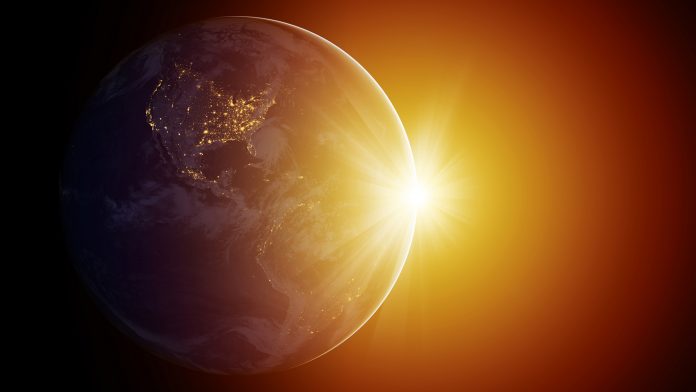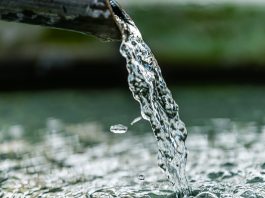Curtin University researchers have conducted research to determine the origins of the Earth’s water, discovering that the Sun could be an unaccounted source.
An international team of University of Glasgow-led researchers, in collaboration with researchers from Curtin’s Space Science and Technology Centre (SSTC) have conducted research in order to determine the supposed origins of the Earths water supply.
They team discovered that solar wind, comprised of charged particles from the Sun largely made of hydrogen ions, created water on the surface of dust grains that were carried on asteroids that crashed into the Earth during the early days of the Solar System.
SSTC Director, John Curtin and Professor Phil Bland said that the Earth was very water-rich compared to other rocky planets in the Solar System. With Earth’s oceans encompassing more than 70% of its surface, scientists have long deliberated over the exact source of it.
“An existing theory is that water was carried to Earth in the final stages of its formation on C-type asteroids,” explained Professor Bland. “However, previous testing of the isotopic ‘fingerprint’ of these asteroids found they, on average, didn’t match with the water found on Earth meaning there was at least one other unaccounted for source. Our research suggests the solar wind created water on the surface of tiny dust grains and this isotopically lighter water likely provided the remainder of the Earth’s water.”
Solar wind water origin
This new solar wind theory is based on meticulous atom-by-atom analysis of miniscule fragments of an S-type near-Earth asteroid known as Itokawa, samples of which were collected by the Japanese space probe Hayabusa and returned to Earth in 2010.
“Our world-class atom probe tomography system here at Curtin University allowed us to take an incredibly detailed look inside the first 50 nanometres or so of the surface of Itokawa dust grains, which we found contained enough water that, if scaled up, would amount to about 20 litres for every cubic metre of rock,” added Bland.
How this research can impact future space missions
Curtin graduate Dr Luke Daly, now with the University of Glasgow, explained that the research not only gives scientists a remarkable insight into the past source of Earth’s water, but could also help assist with future space missions.
“How astronauts would get sufficient water, without carrying supplies, is one of the barriers of future space exploration,” Dr Daly stated. “Our research shows that the same space weathering process which created water on Itokawa likely occurred on other airless planets, meaning astronauts may be able to process fresh supplies of water straight from the dust on a planet’s surface, such as the Moon.”









